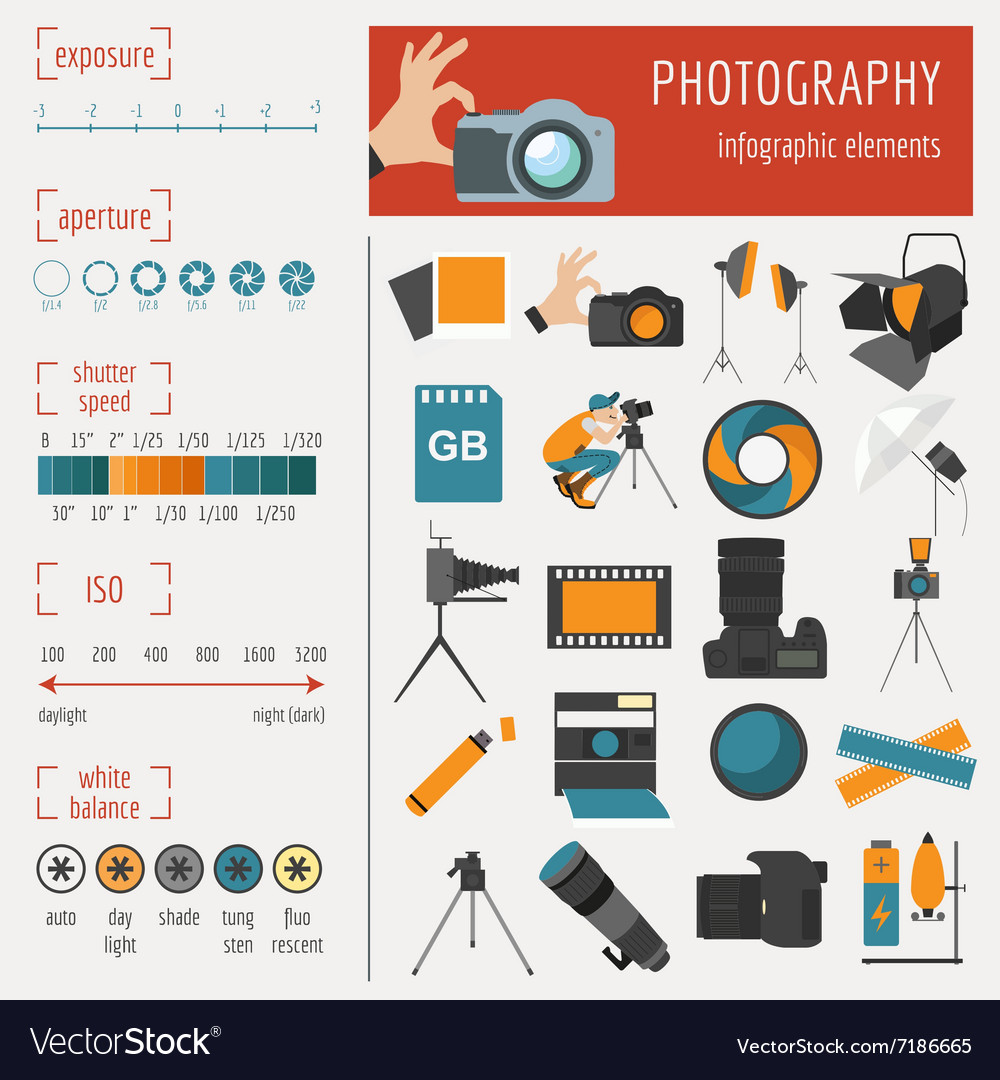Digital Photography Tips For Beginners: Grasping Your Electronic Camera In No Time
Digital Photography Tips For Beginners: Grasping Your Electronic Camera In No Time
Blog Article
Material By-Christian Bryant
When you first get your cam, it can feel frustrating with all the settings and options readily available. You might find yourself asking yourself exactly how to browse aperture, shutter rate, and ISO successfully. Understanding these fundamentals is vital, yet there's more to digital photography than just technical knowledge. Comprehending structure techniques and lighting conditions can boost your photos dramatically. So, suppose you could find out basic strategies to improve your abilities and start recording excellent photos earlier than you think? Allow's discover exactly how to transform your digital photography journey.
Understanding Video Camera Setups
Recognizing your video camera setups is crucial for catching spectacular pictures. When you grab your camera, familiarize on your own with the 3 major settings: aperture, shutter speed, and ISO. Each plays an important duty in how your photos turn out.
Beginning with aperture, which controls the quantity of light getting in the lens. A bigger aperture (lower f-number) allows extra light and produces a stunning background blur, perfect for portraits. Alternatively, a narrower aperture (greater f-number) maintains even more of the scene in emphasis, ideal for landscapes.
Next, concentrate on shutter speed. This setting determines how long your camera's sensor is subjected to light. A fast shutter rate freezes movement, which is fantastic for activity shots, while a sluggish shutter rate can create spectacular effects like smooth water in landscapes.
Last but not least, readjust your ISO. This setup affects your electronic camera's sensitivity to light. A greater ISO is useful in low-light circumstances but can present sound or grain. Aim for the most affordable ISO feasible while still accomplishing proper direct exposure.
Make-up Methods
When you're out capturing, structure can make all the distinction in how your pictures resonate with audiences. Beginning by utilizing the rule of thirds; imagine your structure divided into 9 equivalent areas with 2 straight and 2 vertical lines. Setting https://zenwriting.net/rolf125glen/exactly-how-to-find-your-distinct-design-as-a-professional-photographer along these lines or at their junctions to create equilibrium and passion.
Next, take into consideration leading lines. These natural lines in your scene, like roadways or rivers, draw the visitor's eye right into the photograph, assisting them with the story you're informing.
Don't ignore mounting; use elements within your scene, like trees or home windows, to develop a framework around your topic, adding deepness and focus.
Also, keep an eye on your history. A messy background can distract from your primary topic, while a simple one aids it stand out.
Lastly, explore symmetry and patterns; they can create a striking photo that catches interest.
Learning Lighting Conditions
Grasping lights conditions is critical for recording sensational photos, as the ideal light can change a normal scene into something remarkable.
Beginning by observing all-natural light at different times of the day. https://www.space.com/nasa-photographer-touched-apollo-11-moon-rocks-dust.html and late afternoons provide the most effective light, referred to as the golden hour. The soft, cozy tones throughout these times can improve your images wonderfully.
Do not avoid overcast days either; diffused light can lessen rough shadows and develop a pleasing effect, especially for pictures.
Trying out backlighting by positioning your subject against the source of light. This method can produce a fanciful halo effect and include deepness to your photos.
Take notice of your electronic camera settings as well. Adjust https://telegra.ph/Innovative-Ways-To-Market-Your-Digital-Photography-Provider-01-08-3 , aperture, and shutter rate to fit the lighting conditions. A higher ISO can aid in low light, but be cautious of grain.
Utilize a tripod in darker settings to prevent blur.
Lastly, don't fail to remember man-made lights. Flash and constant lights can be wonderful devices for regulating light in difficult conditions.
Final thought
To conclude, mastering your camera doesn't have to be overwhelming. By comprehending your settings, using make-up techniques, and utilizing the power of natural light, you'll promptly raise your photography abilities. Keep in mind, practice makes perfect, so get out there and try out your newfound knowledge. With time and dedication, you'll be catching spectacular pictures that mirror your distinct perspective. Take pleasure in the journey, and do not forget to have a good time while you're at it!
